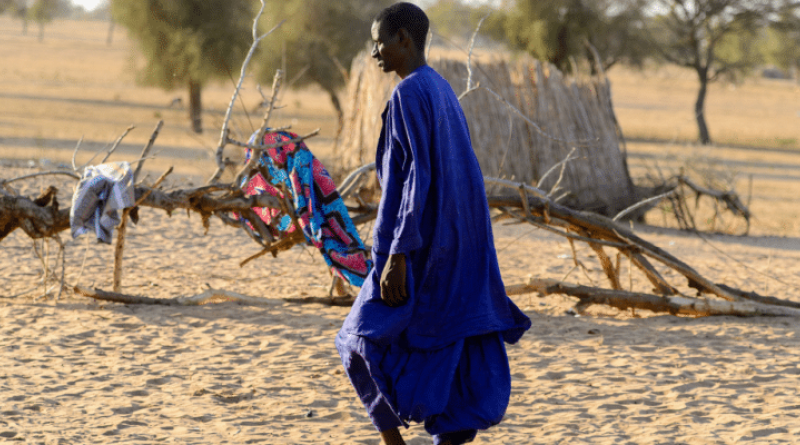Climate finance: $100bn target reached as demand soars in Africa

According to figures from the Organisation for Economic Co-operation and Development (OECD), developing countries received $115.9 billion in climate finance in 2022, meeting the target set in Copenhagen, Denmark. However, the need for adaptation funding is exploding, particularly in Africa.
At least 80% of the $115.9 billion invested in the climate in 2022 was raised by public funds, from bilateral and multilateral channels. This figure comes from Climate Finance Provided and Mobilised by Developed Countries in 2013-2022, the seventh assessment by the Organisation for Economic Co-operation and Development (OECD) of the target of $100 billion a year in climate finance set by the United Nations Framework Convention on Climate Change (UNFCCC) at COP15 in Copenhagen (Denmark) in 2009.
When the Western countries failed to keep their word, the target was finally moved from 2020 to 2025. “It is good to see that the developed countries have exceeded the target of 100 billion dollars by 2022. Materially exceeding this annual commitment by more than 15% is an important and symbolic achievement that partly makes up for the two-year delay, which should help to boost confidence”, says Mathias Cormann, OECD Secretary-General.
Increased public funding
According to the assessment published on 29 May 2024, multilateral climate finance has grown the most, increasing by $35 billion, or 226%, since 2013. The growth in public finance in 2022 was accompanied by a 52%, or $7.5 billion, jump in private finance mobilised, which reached $21.9 billion in 2022 after several years of relative stagnation.
The report also notes an increase in financing earmarked for actions to adapt to climate change. After a slight drop in 2021, funding for adaptation reached $32.4 billion in 2022, three times the level in 2016. The amount of public funding for adaptation tracked by the OECD in 2019 was $18.8 billion and $20.3 billion.
The financing gap in low-income countries
Climate financing for low-income countries has remained relatively low (10% in 2022). However, the Least Developed Countries (LDCs) and Small Island Developing States (SIDS) have benefited from a greater amount of funding for adaptation (around 50%) than the average for all developing countries (25%).
This progress observed in 2022 needs to be qualified, in the light of the increasing number of increasingly extreme climatic phenomena in the global South, mainly in Africa. After five years of drought, the Horn of Africa, for example, is currently experiencing floods that have already claimed more than a hundred lives in Kenya. There is also the extreme heatwave that is particularly affecting the Sahel, with many deaths caused by power cuts in Mali.
Underestimated needs
While scientists attribute these heatwaves to the El Niño meteorological phenomenon, their intensity is exacerbated by climate change. Faced with these disasters, the countries affected need more funding to help their populations adapt and remain resilient. For Tosi Mpanu Mpanu, Climate Ambassador for the Democratic Republic of Congo (DRC), the target of $100 billion a year is no longer sufficient to meet the growing needs of African countries.
To implement their Nationally Determined Contributions (NDCs), the continent’s states will need 2,800 billion dollars between now and 2030. “This is why there is now a fairly sensitive discussion on the New Collective Quantified Target on climate change financing (NCQG), which aims to adopt a new figure by 2025. This must not be a political objective, but one that meets the needs of African countries”, explained negotiator Tosi Mpanu Mpanu in an interview with Afrik21 on the eve of COP28 in Dubai, United Arab Emirates (UAE).





